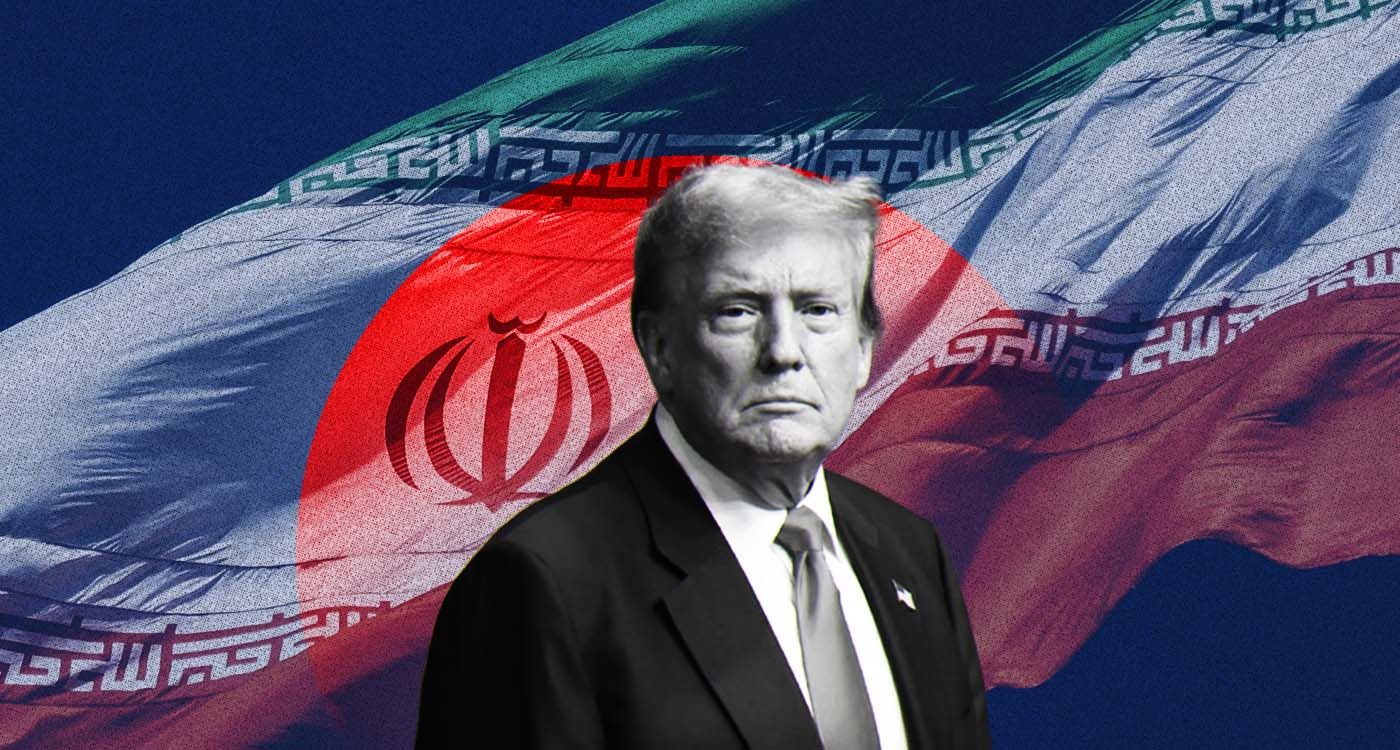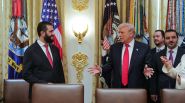- Home
- Middle East
- US-Iran Relations: What Awaits Tehran?

©This is Beirut
Iran faces mounting questions about how best to navigate its relationship with US President-elect Donald Trump ahead of his expected return to the White House on January 20, 2025. Tensions remain high following his first term (2016–2020), which was marked by the assassination of Quds Force Commander General Qassem Suleimani, one of Iran's most influential leaders, the tightening of economic sanctions, and the US's unilateral withdrawal from the nuclear deal brokered by former President Barack Obama in coordination with the European Union.
These concerns come amid escalating military tensions in the Middle East. For the first time since the Islamic Revolution in 1979, Tehran finds itself in direct conflict with Israel, involving mutual bombardments after decades of political and media threats that had previously stopped short of outright war.
Iran, having reluctantly moved away from its “lead from behind” policy with its armed groups and proxies in Lebanon, Syria, Iraq and Yemen, has engaged in direct conflict with Israel—particularly following the assassination of Hezbollah’s Secretary-General Hassan Nasrallah. Despite its radical ideology, Tehran maintains significant political pragmatism, allowing it to approach President Trump with a new strategy. This strategy is centered on moving beyond the assassinations carried out by Washington and Tel Aviv against its operatives, and negotiating either the revival of the nuclear deal or a new agreement if it aligns with the priorities of the incoming US administration, all while ensuring the preservation of its nuclear program.
In this context, Tehran has reopened its doors to International Atomic Energy Agency (IAEA) delegations after years of suspension, signaling its pragmatism and genuine desire to protect its nuclear program, which has been a long-standing and costly investment. This shift also explains the conciliatory tone in the speeches and positions of Iran’s new president, Massoud Pezeshkian, amid the ongoing turmoil in the Middle East. As the Israeli war against Gaza and Lebanon intensifies, Tehran’s allies—Hamas and Hezbollah—suffer significant losses, alongside the immense human toll that Israel continues to overlook.
There is widespread consensus that US President Donald Trump is returning to the White House with a “new version” of his presidency—one that departs significantly from his first term. This shift reflects his ambition to position himself as a strong leader capable of ending ongoing conflicts in the Middle East and Ukraine, while navigating Washington’s, and by extension, the West’s complex relationships with international and regional powers through a fresh approach. Central to this strategy are China, Russia and potentially North Korea—a country Trump became the first sitting US president to visit during his first term. It is likely that he will seek a “solution” to North Korea’s nuclear weapons issue and push for a new agreement with Tehran, casting himself as the man able to resolve even the most entrenched global crises.
Trump's greatest challenge will be balancing this international persona with his close ties to Israel and Prime Minister Benjamin Netanyahu, who seeks to dismantle Iran’s nuclear program while reshaping the region's balance of power in a way that serves Israel’s interests and policies.
More specifically, the central question revolves around crafting an agreement with Iran that serves both US and Israeli interests while also aligning with Tehran’s national priorities, without compromising its role and image as a key regional power. Over decades, Iran has worked tirelessly to strengthen and preserve its influence by supporting groups outside the traditional state framework.
Ultimately, in international politics, there are no permanent alliances or lasting enmities—only the pursuit of strategic interests, often at the expense of the people who bear the burden of these decisions.
Read more




Comments